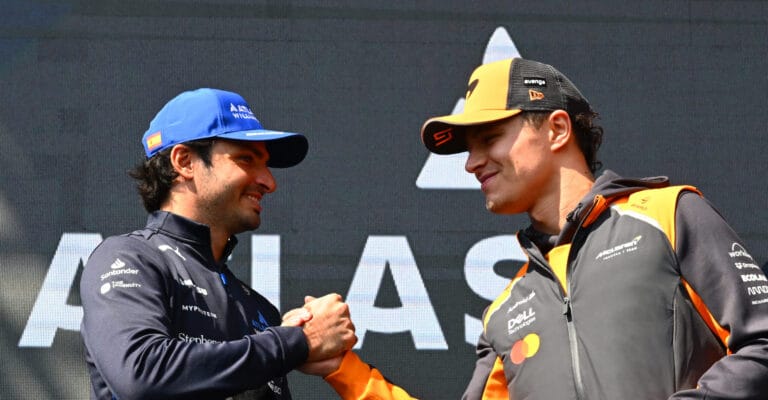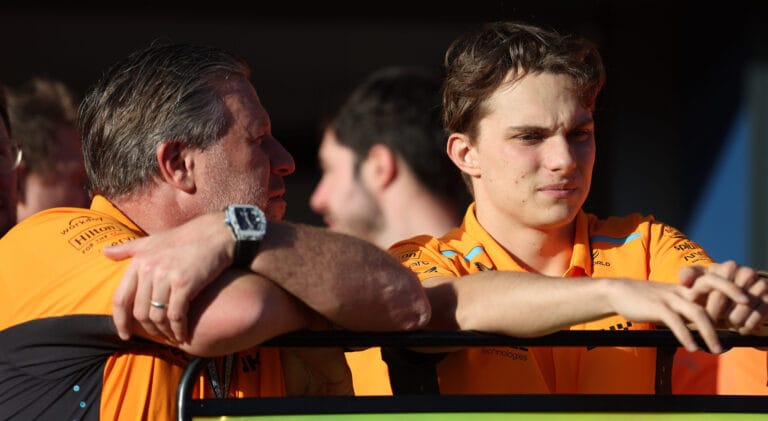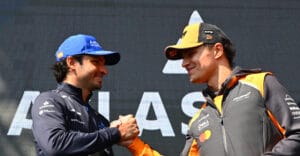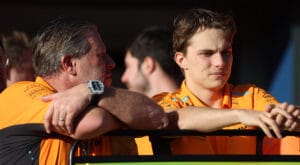Dan Fallows, former Technical Director at Aston Martin, scrutinizes the new regulations for 2026, discussing whether the changes are coming ‘too soon’. The 51-year-old engineer is enjoying the current ground effect era and how teams are pushing their cars to the limit, although he believes there is still much to gain within the current regulations. At the same time, he sees the added value of the changes for next year.
“The development for 2025 is slower, as teams are focusing on the enormous task of developing brand new cars for 2026,” Fallows wrote in an analysis for Raceteq. “It is becoming increasingly difficult to extract more downforce from the key parts of the car. Moreover, we haven’t seen any real innovations in the floors for years. However, there are still many other ways in which this generation of cars can be further improved.”
“Mastering tire temperature is crucial for optimal racing,” Fallows explained. “This way, drivers need to worry less about the lifespan of their tires. Good temperature management prevents tires from slipping, which is a common problem when driving at the limit.” Yet, Fallows believes other teams can still catch up. “If we were to continue with these current rules for the next two years, it could already be difficult for Lando Norris to reach Q2 by 2026,” he assured.
New Regulations
Despite Fallows’ enjoyment of the thrilling races in the current season, he understands why the FIA is opting for new regulations in 2026. “The current rules are not perfect,” the Brit emphasized. “The cars are too heavy and their enormous size makes it more difficult to organize races in places like Monaco. Moreover, there is still a strong reliance on DRS for overtaking. And the cars also look very similar – a pity, considering the innovation possibilities and the talent within the teams.”
“The 2026 regulations should steer things in the right direction,” Fallows concluded. “Fans will likely look forward to the new power dynamics with pleasure. The engines will play a significant role. Some manufacturers will simply be more successful in making these adjustments. In terms of aerodynamics, we will probably say goodbye to unique floor constructions and return to the concept of earlier generations.”









